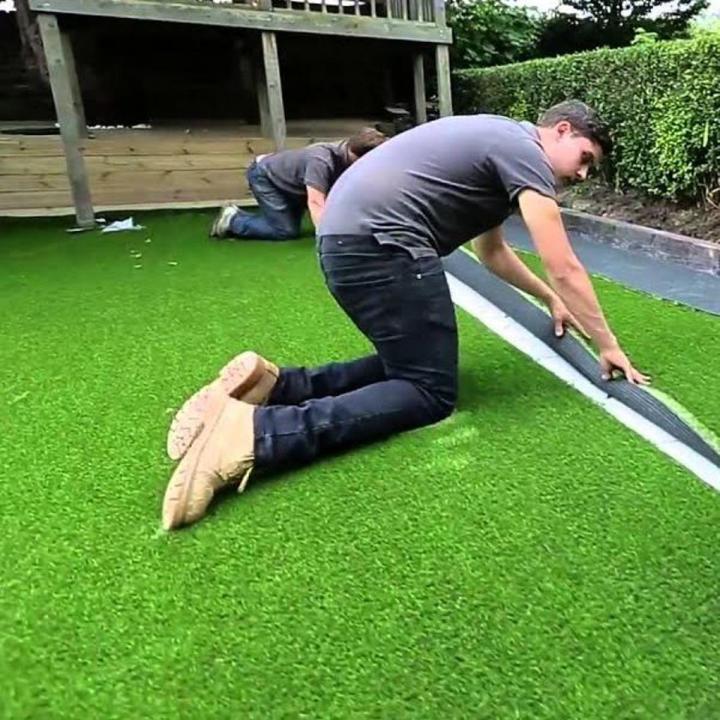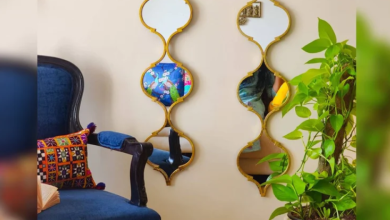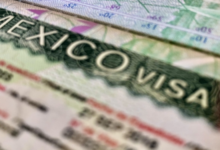Transform Your Outdoor Space with Artificial Grass: A Complete Guide to Benefits, Installation, and Maintenance for a Beautiful Lawn All Year Round
Artificial Grass: The Ultimate Lawn Solution

Introduction:
Are you tired of spending countless hours and resources on maintaining a natural lawn? Artificial grass might be the perfect solution for you. With modern innovations, artificial grass has become a popular alternative to traditional lawns, offering a lush, green appearance without the demanding upkeep. Whether you’re a homeowner seeking to elevate your backyard, a commercial property owner looking for a durable solution, or a sports facility manager aiming for a versatile playing surface, artificial grass can meet your needs. In this guide, we’ll explore the many benefits, installation processes, and maintenance tips for artificial grass, helping you make an informed decision for your outdoor space.
What is Artificial Grass?
Artificial grass, often referred to as synthetic turf, is a man-made surface made from plastic materials designed to mimic the look and feel of real grass. It was originally created for sports fields in the 1960s but has evolved into a popular landscaping choice for homes, commercial properties, and playgrounds. With advancements in technology, modern artificial grass looks incredibly realistic and offers several advantages over traditional grass.
Artificial grass is composed of synthetic fibers, typically polyethylene or polypropylene, which are made to resemble blades of grass. These fibers are installed over a compacted base layer that ensures proper drainage. Infill materials like rubber granules or sand are added between the fibers to keep them upright and provide a soft, cushioned feel underfoot.
Benefits of Artificial Grass
Artificial grass is much more than a substitute for natural grass; it offers numerous benefits that make it an ideal option for various applications. Here are some of the primary advantages:
1. Low Maintenance
One of the most significant benefits of artificial grass is the minimal maintenance it requires. No more mowing, watering, fertilizing, or weed control. Simply brush or hose down the surface occasionally to keep it looking fresh. This is particularly beneficial for those living in areas with water restrictions or drought-prone regions.
2. Cost-Effective in the Long Run
Although the initial installation cost of artificial grass is higher than traditional sod, it pays for itself over time. You save money on water, lawn care products, and equipment. Additionally, the lifespan of artificial grass can be up to 15-20 years with proper care, making it a wise long-term investment.
3. All-Weather Usability
With artificial grass, you can enjoy a green, vibrant lawn all year round, regardless of the weather conditions. It stays lush and green through extreme heat, cold, or even rain. For high-traffic areas, artificial grass also remains resilient, holding up well under constant use.
4. Eco-Friendly Option
By choosing artificial grass, you’re reducing water usage, eliminating the need for chemical fertilizers and pesticides, and decreasing carbon emissions from lawnmowers. Many artificial grass manufacturers also use recyclable materials, contributing to a more sustainable environment.
5. Pet-Friendly
For pet owners, artificial grass is a fantastic option. It’s durable enough to withstand running and playing, and it’s easy to clean. Urine drains away quickly, while solid waste can be scooped up and the area rinsed off. Moreover, artificial grass is hypoallergenic, making it safe for both pets and humans.
6. Aesthetic Appeal
Artificial grass maintains its lush, green appearance year-round, providing a beautiful landscape that never withers or turns brown. The consistency in appearance is ideal for homes, parks, and commercial areas that want to maintain curb appeal without the hassle of lawn care.
7. Durability
Modern artificial grass is designed to withstand high levels of foot traffic and harsh weather conditions. It doesn’t get damaged easily and doesn’t suffer from patches of dead grass or muddy areas, making it a reliable choice for busy households or high-activity areas.
Where Can Artificial Grass Be Used?
Artificial grass is highly versatile and can be used in a variety of settings beyond traditional lawns. Here are some common applications:
1. Residential Lawns
For homeowners who want a beautiful yard without the labor, artificial grass is a fantastic choice. It’s ideal for front and backyards, pool areas, and rooftop gardens.
2. Commercial Spaces
Many businesses are opting for artificial grass to enhance the appearance of their outdoor areas. It’s perfect for offices, shopping centers, restaurants, and event spaces that want to create a welcoming environment with minimal upkeep.
3. Playgrounds and Schools
Artificial grass provides a safe, cushioned surface for children to play on. It’s slip-resistant, durable, and soft, making it ideal for playgrounds, schoolyards, and parks.
4. Sports Fields
Sports facilities often use artificial grass for soccer fields, tennis courts, and golf courses due to its durability and ability to withstand heavy use. It’s also easier to maintain than natural grass, ensuring consistent playing conditions year-round.
5. Pet Areas
Dog parks, pet boarding facilities, and even residential homes with pets can benefit from artificial grass. It’s durable, easy to clean, and provides a comfortable surface for pets to run and play on.
6. Balconies and Rooftop Gardens
For urban dwellers with limited outdoor space, artificial grass can be an excellent solution for creating a green oasis on balconies or rooftop gardens.
How to Install Artificial Grass
Although installing artificial grass can be a DIY project, it requires careful planning and execution. Here’s a step-by-step overview of the installation process:
1. Measure the Area
Start by measuring the area where you want to install the artificial grass. This will help you calculate how much turf you’ll need to purchase. Always order slightly more than required to allow for cutting and trimming.
2. Prepare the Ground
Clear the area of any existing grass, rocks, and debris. You may need to excavate the soil to a depth of 2-4 inches to ensure a smooth surface. Lay down a weed barrier to prevent any unwanted growth under the turf.
3. Install the Base Layer
A base layer of crushed stone or gravel is essential for proper drainage. Spread the material evenly across the surface and compact it with a plate compactor or a hand tamper. This will create a stable foundation for your artificial grass.
4. Lay the Turf
Roll out the artificial grass over the prepared base. Ensure that the turf rolls are laid in the same direction to maintain a uniform appearance. Use a utility knife to trim the edges to fit the space perfectly.
5. Secure the Turf
Use landscaping staples or adhesive to secure the edges of the turf. For larger areas, you may need to join multiple rolls of turf using special turf tape.
6. Add Infill
Infill materials, such as silica sand or rubber granules, are added to the surface of the artificial grass to help keep the fibers upright and provide cushioning. Brush the grass with a broom to evenly distribute the infill.
7. Final Touches
Once the infill is in place, give the grass a final brush to lift the fibers and ensure the surface looks even. Your artificial grass is now ready to use!
Maintenance Tips for Artificial Grass
Artificial grass requires significantly less maintenance than natural grass, but there are still some tasks you should perform to keep it in top condition:
1. Regular Brushing
Brushing the grass helps keep the fibers upright and prevents matting, especially in high-traffic areas. Use a stiff-bristled broom or a specialized artificial grass rake.
2. Remove Debris
Periodically remove leaves, twigs, and other debris from the surface to prevent them from accumulating and affecting drainage.
3. Rinse Off Pet Waste
If you have pets, clean up solid waste immediately and rinse off urine spots with water. Some artificial grass products come with anti-bacterial treatments to prevent odors and bacteria buildup.
4. Check Infill Levels
Over time, the infill material may settle. Periodically check the infill levels and add more if necessary to maintain the grass’s appearance and feel.
5. Address Stains
Most stains can be cleaned with a mild detergent and water. For tougher stains like oil or grease, use a solution of equal parts water and white vinegar.
Conclusion: Transform Your Outdoor Space with Artificial Grass
Artificial grass offers an excellent solution for those looking to enjoy a beautiful, low-maintenance lawn without the hassle of traditional grass care. From residential lawns to commercial properties and sports fields, artificial grass is versatile, durable, and eco-friendly. Whether you’re tired of mowing and watering or you’re looking to reduce your environmental footprint, installing artificial grass can transform your outdoor space.
Ready to make the switch? Contact a professional artificial grass installer or start planning your DIY project today. A lush, green, and maintenance-free lawn is just a few steps away!
Call to Action:
Ready to take your lawn to the next level? Contact us today for a free consultation or explore our wide range of artificial grass options to find the perfect fit for your space!








